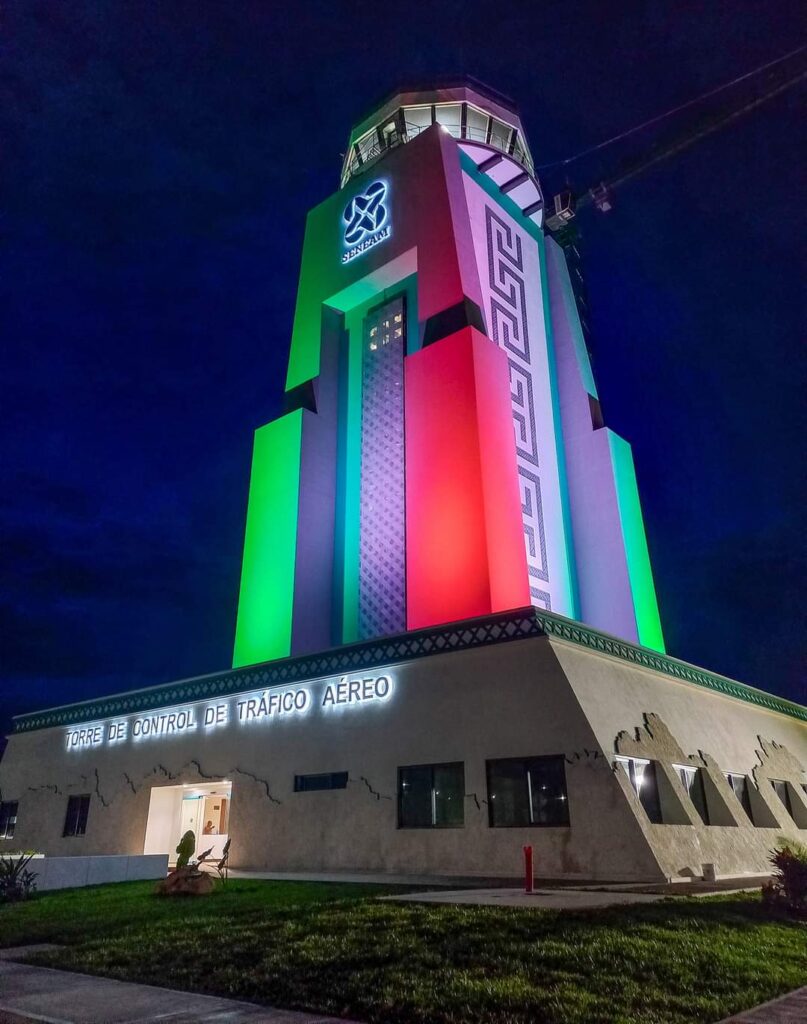The “green airport” is preparing to receive about 5.5 million passengers a year
The new international airport in Tulum, officially named the Felipe Carrillo Puerto International Airport (TQO), is poised to revolutionize tourism in the Riviera Maya region of Mexico. Scheduled to open in December 2023, the airport is expected to significantly increase passenger traffic to Tulum, a coastal town renowned for its stunning beaches, ancient Mayan ruins, and vibrant bohemian culture.
Here are some of the key highlights of the new Tulum airport:
Strategic Location: Situated just 25 kilometers southwest of Tulum’s town center, the airport is conveniently located for travelers seeking easy access to the town’s attractions and nearby beaches.
Enhanced Connectivity: The airport will initially cater to 5.5 million passengers annually, with the potential to expand to handle up to 8 million passengers in the future. It will feature 13 positions for both domestic and international commercial aircraft, as well as a platform for general and executive aviation.
Photo: Tulum International Airport under construction
Sustainable Design: The airport’s design incorporates eco-friendly features and sustainable practices, minimizing its environmental impact and promoting responsible tourism in the region.
Economic Catalyst: The airport’s construction and operation are expected to generate significant employment opportunities and boost the local economy, fostering further development in the Tulum area.
Integrated Transportation Hub: The airport will be directly connected to the Maya Train, a new railway project that will traverse the Yucatán Peninsula, providing travelers with seamless transportation options to explore the region’s diverse destinations.
Cultural Preservation: The airport’s design pays homage to the rich Mayan heritage of the region, incorporating traditional architectural elements and promoting cultural awareness among visitors.
Overall, the new Tulum airport is expected to play a pivotal role in transforming the tourism landscape of the Riviera Maya, fostering sustainable growth, enhancing connectivity, and preserving the region’s cultural heritage while providing travelers with a world-class airport experience.
